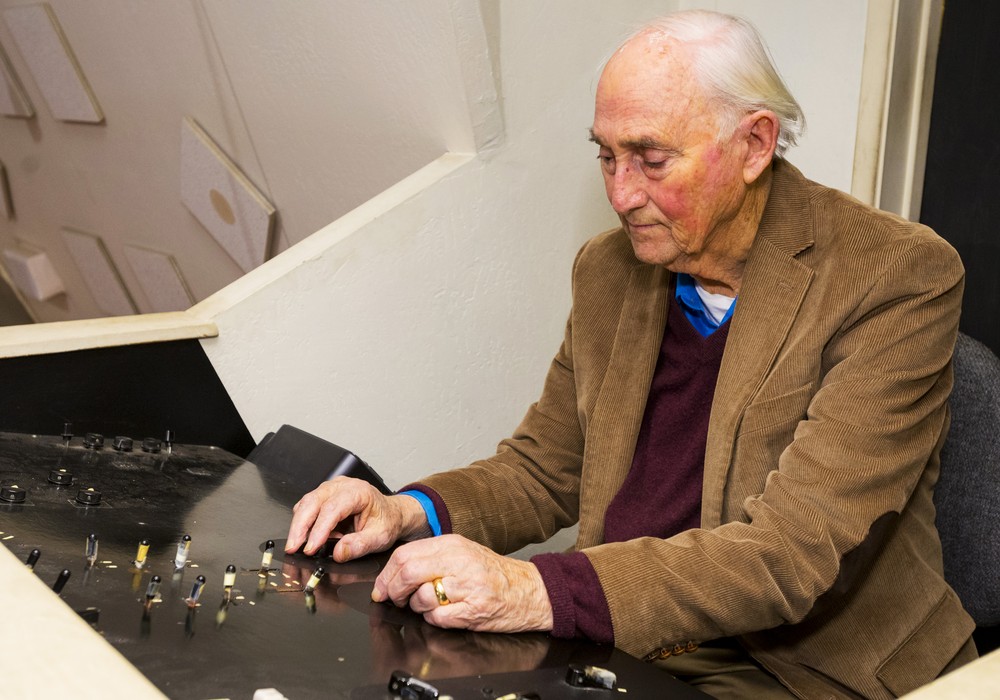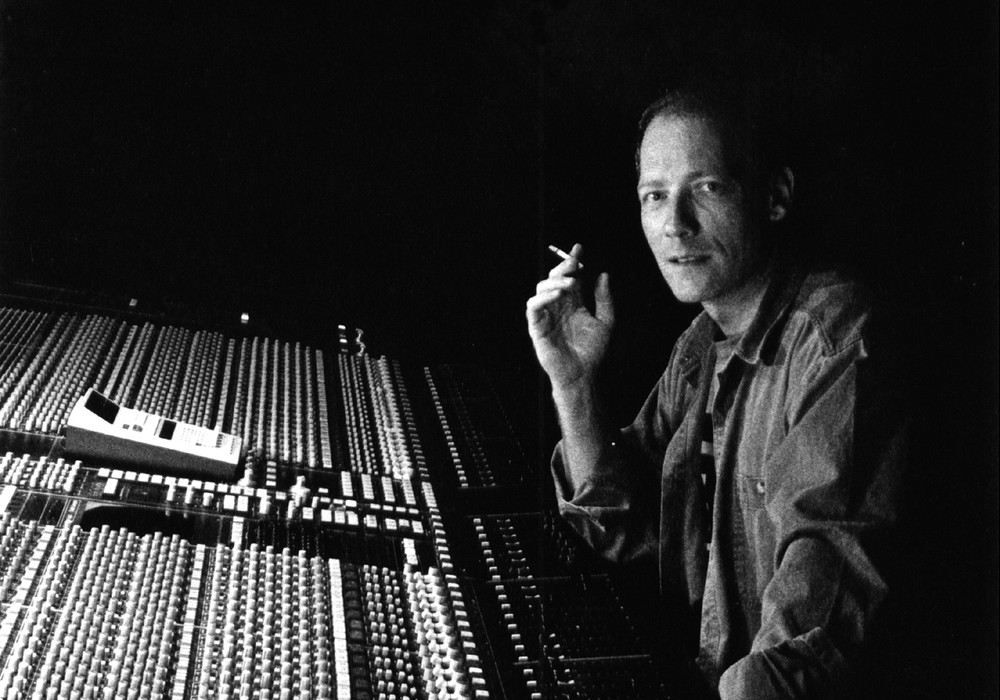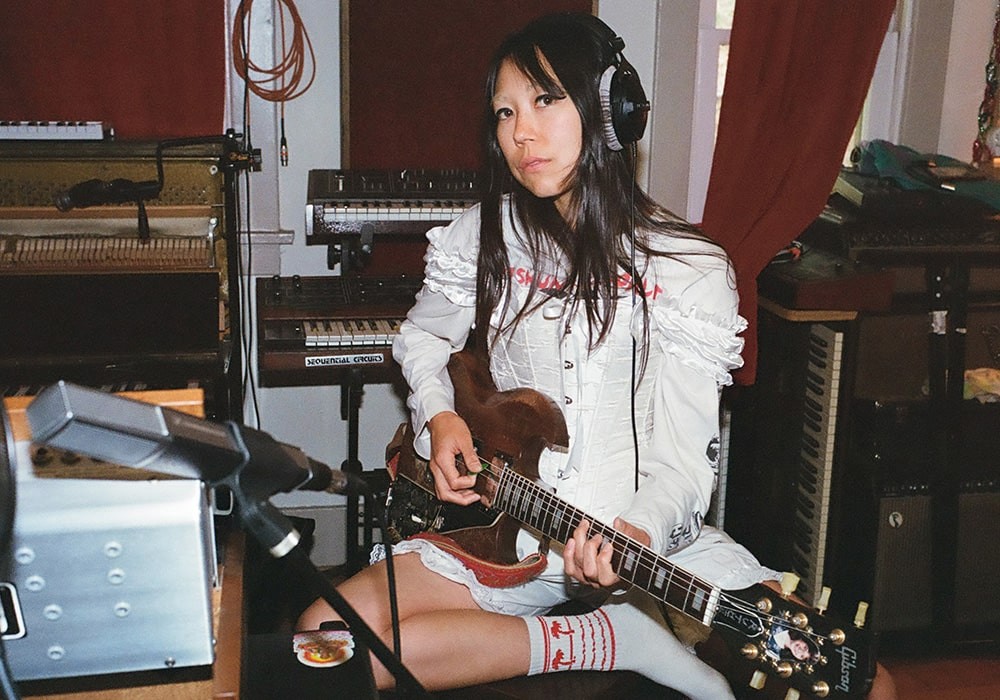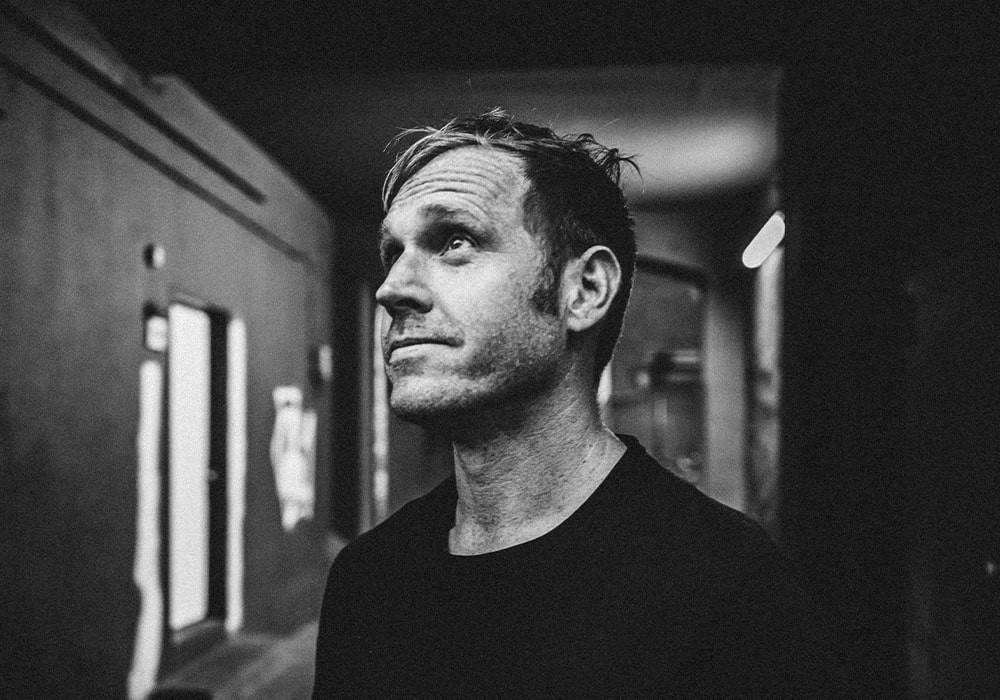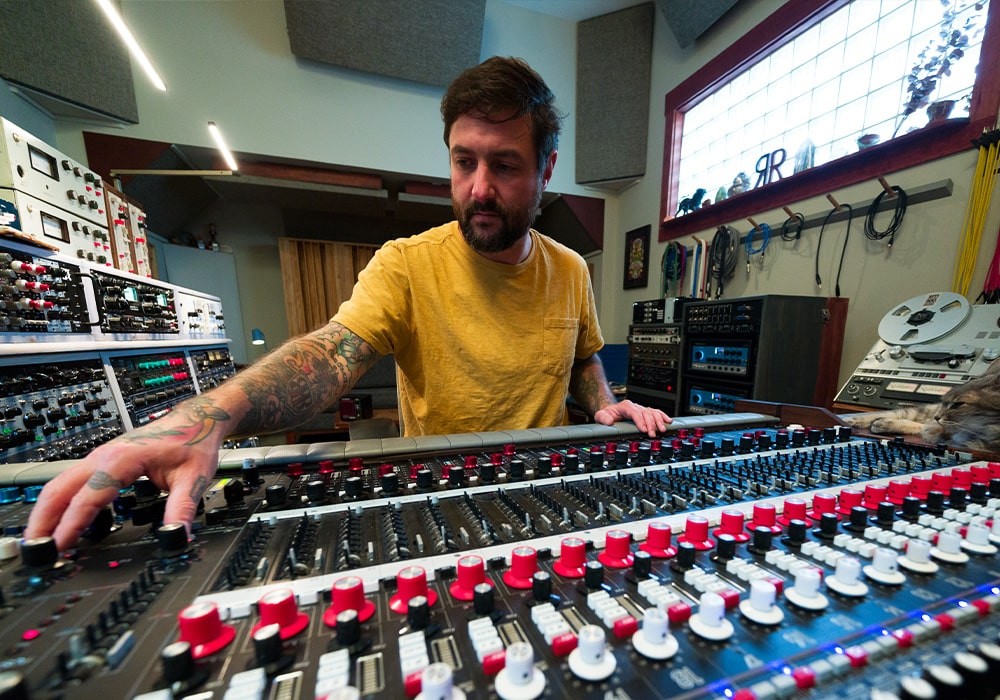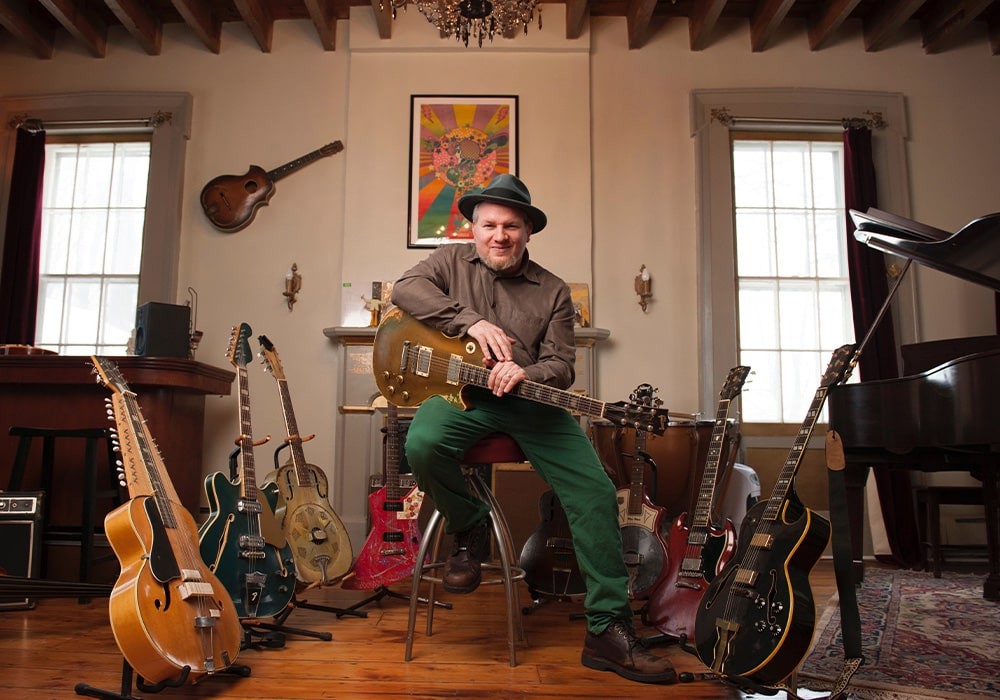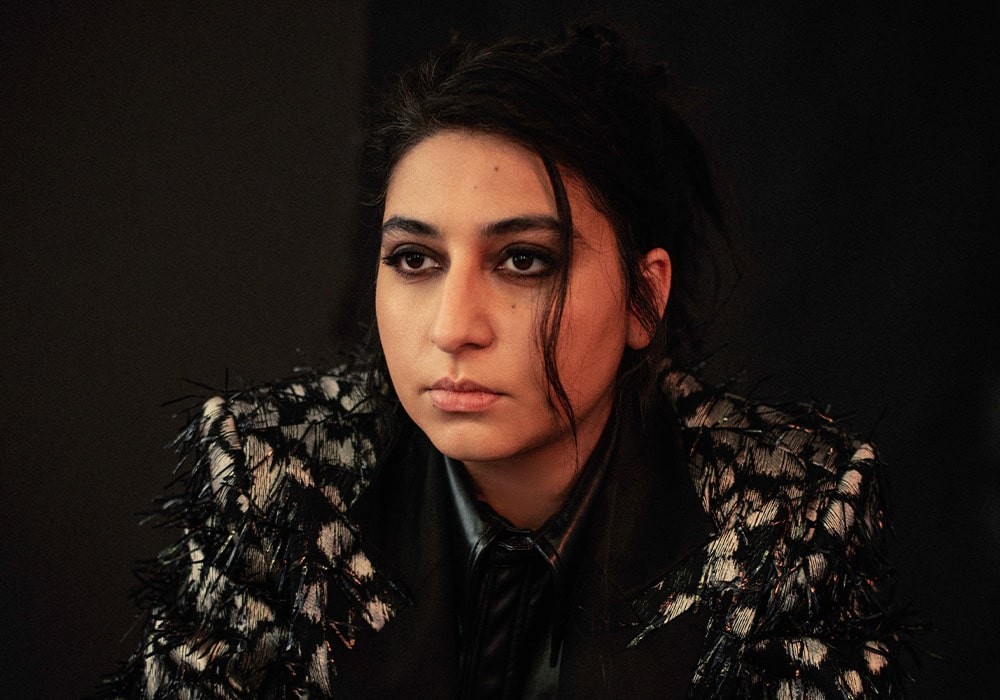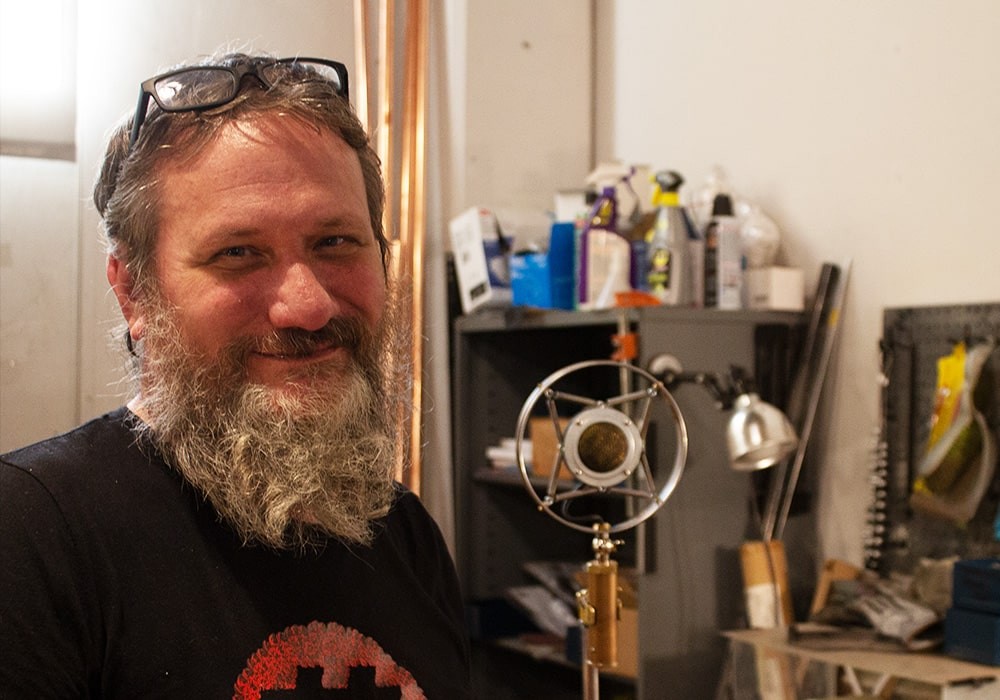I sat down with cousins and co- producers Ben Herson and Daniel Cantor at Daniel's Notable Productions studio just outside of Boston. Over strong, delicious Senegalese coffee we discussed the first compilation CD they've helped create, their "guerrilla-style" production techniques and the state of Senegal's burgeoning underground hip-hop scene. Ben, a drummer and self- described neophyte in the world of recording and production, created the beats and grooves on African Underground Volume One: Hip-Hop Senegal, over which Senegalese rappers rhyme in Wolof, English, and French. He and his cousin Daniel, also a drummer, experienced recording engineer, songwriter and producer, traveled to Senegal to record a variety of Senegalese rappers on location, in the hundred-degree heat of a community center with just a hard disk recorder, a laptop and a few microphones. The two returned to the States, where Ben used his laptop to edit what they had recorded. Then they added overdubs and mixed the tracks at Daniel's studio just outside Boston. The resulting album is a beautiful mélange of slamming beats, subtle musical embellishments, strange noises and an array of intelligent, often overtly political rhymes.
You mentioned "unconventional and often uncomfortable recording conditions," power failures and surges and a power transformer bursting into flames. Could you talk a bit about the challenges of field recording in Africa?
BH: Sure. First of all, you should know that I began it as an academic project. Although I had also been playing drums in bands and recording and touring, I had never been behind the board. I'd never recorded anything, really. I had a 4-track, and I had one of these lovely machines [pointing to the Radio Shack tape recorder recording our conversation], but besides that, I'd really never done any recording. Dan is my cousin, and I'd spent a lot of time in his studio. So I approached Dan, and I said, "I've got this idea. I really want to put together a portable recording rig." So he really helped me come up with that first rig. It was crazy for a lot of reasons. First of all, the power over there, they're running on 220 [volts]. I decided that it would be a good idea to set up in a community center. It's sort of a central spot, there's space and there's technically grounded electricity — or there was supposed to be. One of the first days, before Dan even got there, I plugged in some stuff to test the equipment, and we later found out it was running at something like 89 volts. It was supposed to be 220.
DC: It was the UPC. He had one of those APC Back-UPS Pros, and it literally exploded.
BH: It completely burst into flames. I was totally freaked out — I had no clue what the fuck was going on. I plug it in, it explodes, end of story. We ended up actually having to get a buddy of mine over there, whose older brother is sort of an electrician. He knows how to wire stuff and how to work with it. There was grounded current coming from one of the wires in the ceiling, so they actually re-routed the whole goddamned thing for us.
What was the initial rig that you brought with you?
BH: That was a Tascam 788, which was one of those little 8-track, 24-bit hard disk recorders. It kind of looks like a 4-track, but it's eight tracks of digital. We brought one of those...
DC: ...and his black G3 laptop.
BH: A little MIDI controller that didn't even have velocity. It was just basically like straight up at 127or whatever.
DC: It was a pre-USB Midiman keyboard controller, a MOTU Micro Express half-rack MIDI interface. For [the] sake of size we actually tried the MOTU FreeStyle but it wouldn't spit MTC out continuously; it would mess up. The MTC was inconsistent when synchronized, so we had to get the half-rack MIDI converter, which was solid.
BH: It was before this guy over here [pointing to an M- Audio Oxygen MIDI controller] was invented. It was 2001, so they hadn't come out with any of these cute little keyboard things, so we opted for sort of the middle ground. And then I bought one of those three-mics-for-$100 sets.
DC: I was worried about the humidity affecting condensers and we didn't really know how safe it would be. We knew there was a lot of crime and dubious shipping, so I didn't want to bring too much gear. In fact, we broke down every night, packed all the gear up into a lockable footlocker, then carried it back to the room where we slept every night. And it was good, because every night, even the fuses that we bought and put into the municipal center were stolen and replaced with chewing gum wrappers.
BH: We had to take them out every night, because the first night the fuses got ripped off.
What were the mics?
BH: They were cheap Sennheisers. They sounded like 58s, but a little brighter.
DC: But I did pack an extra mic, a stereo VP88 Shure, which actually is a pretty nice all around mic, even though for vocals it's stereo. We didn't have that many tracks going into the Tascam. You can only do four at once,...
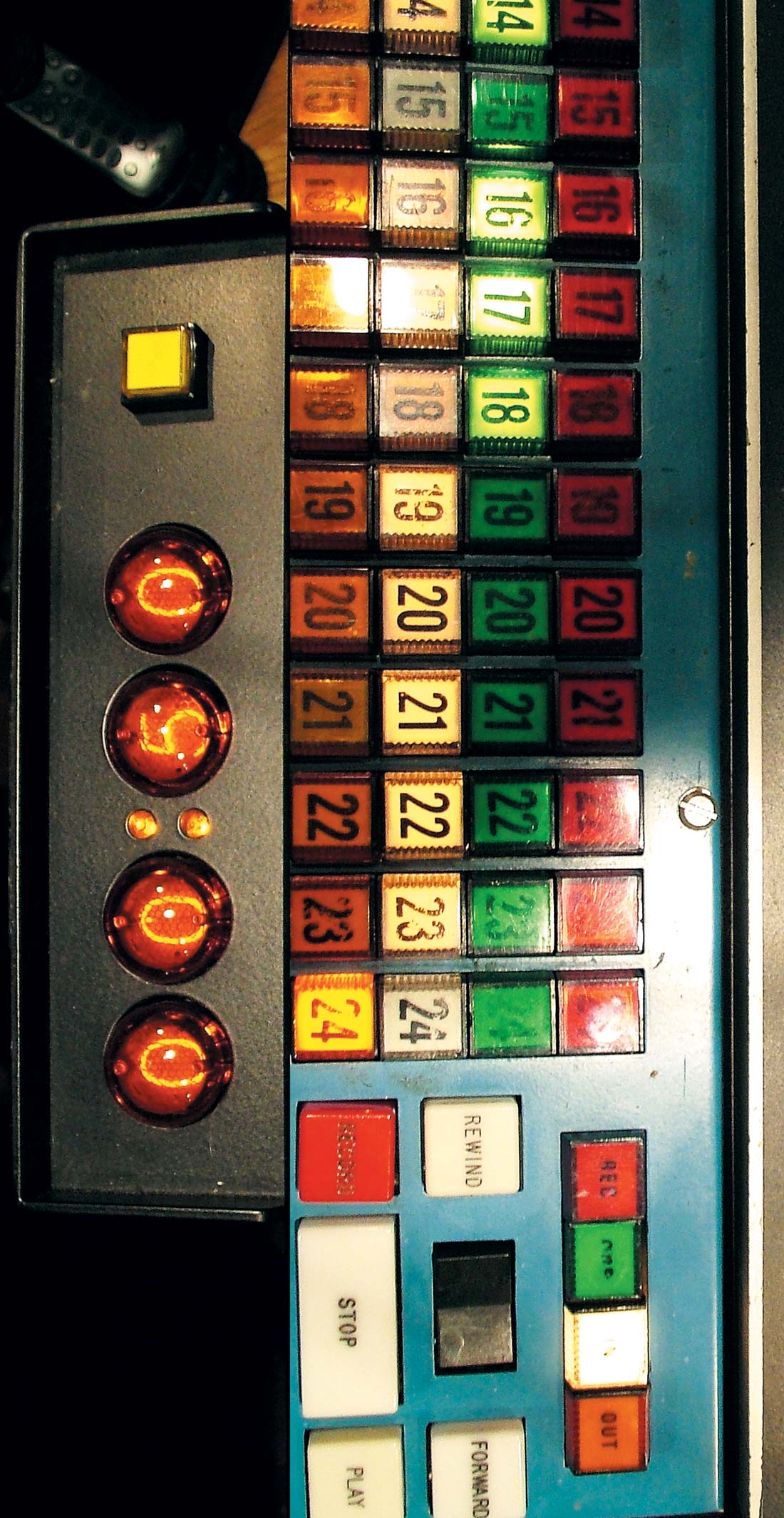

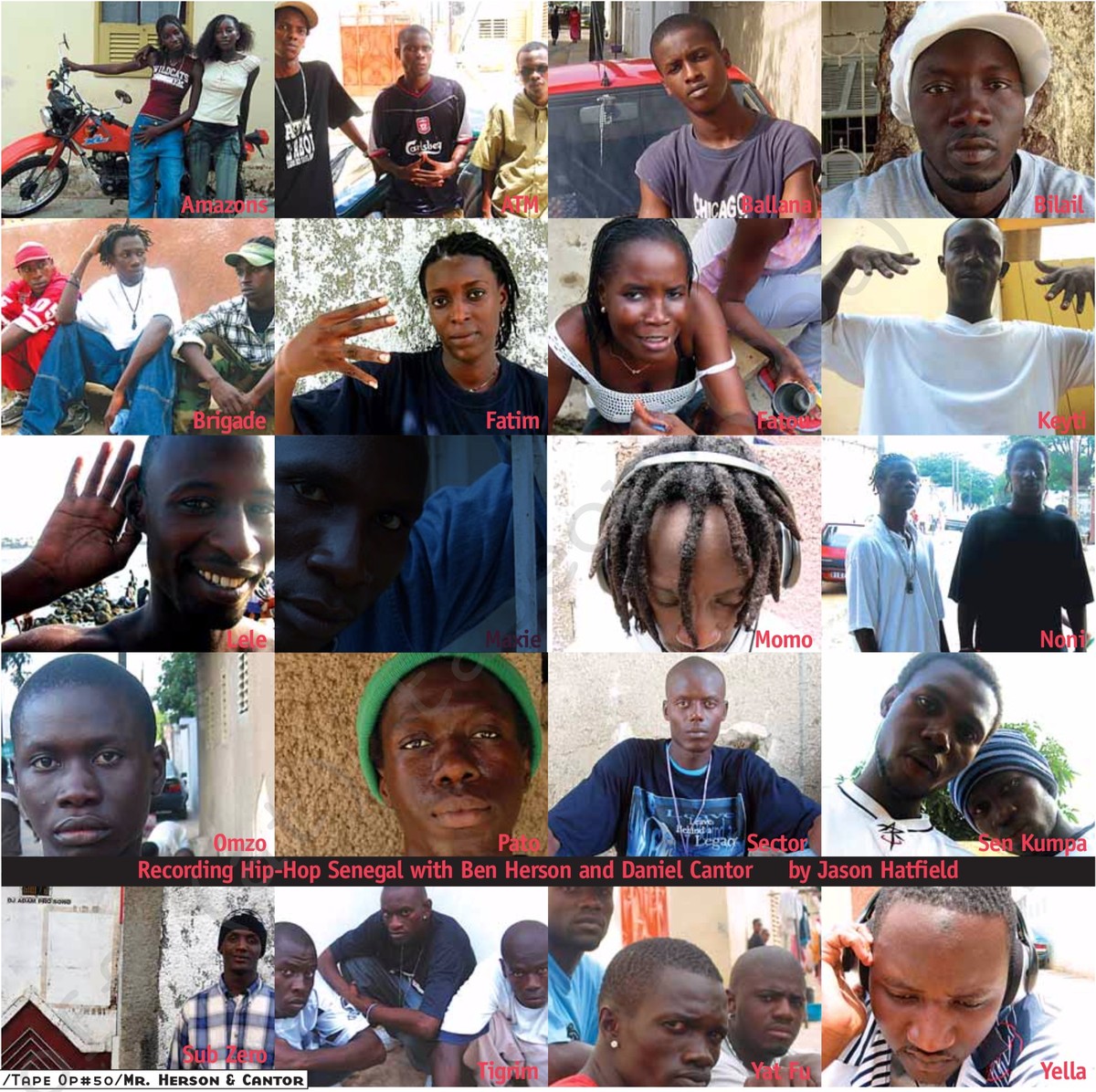
_display_horizontal.jpg)
